International Space Station
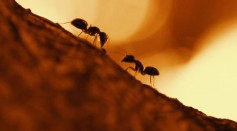
The Foodies Beneath Our Feet—Urban Ants Like Human Food Too
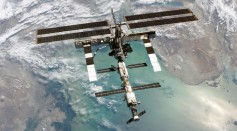
US and Russia Begin Planning the Next Space Station
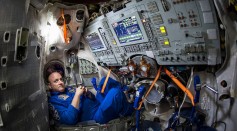
Can People Really Live Forever in Space? New NASA Study Looks to Answer that Question
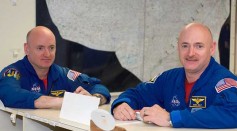
Space Twin Experiment Set to Answer NASA's Biggest Question
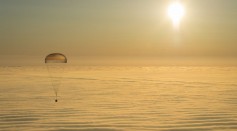
Astronauts Return to Earth After Six Months Aboard the ISS
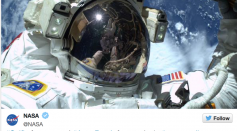
Should NASA and The International Space Station Be Worried About the Vapors?

Spending The Weekend Strolling Around Space—Spacewalking Aboard the ISS
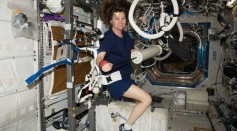
Valentine’s Day In Space—A Promise to Better Heart Health

Twin Astronauts Prepare for New Mission on the ISS

ISS Alarm: Why Astronauts Had to Evacuate... Twice
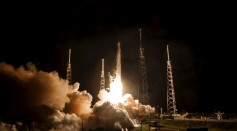
‘Houston, We Have a Problem’—SpaceX Falcon 9 Launch Called Off

SpaceX’s Tuesday Mission May Change Space Exploration, And Our Taxes Forever
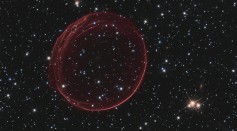
A Christmas Celebration in Space―How the International Space Station Crew Celebrates
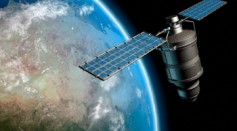
Must See: 5 Months in Space Compressed into 6 Minutes
Most Popular

How Technology Is Changing the Real Estate Industry?

Nikolay Karpenko Biography, Photo, Career, Accomplishments

How a Plant-Based Diet Can Protect Against Breast Cancer: Insights from Nutrition Research

The Role of AI in the Next Generation of Logistics: Insights from Tobias Waldhecker





